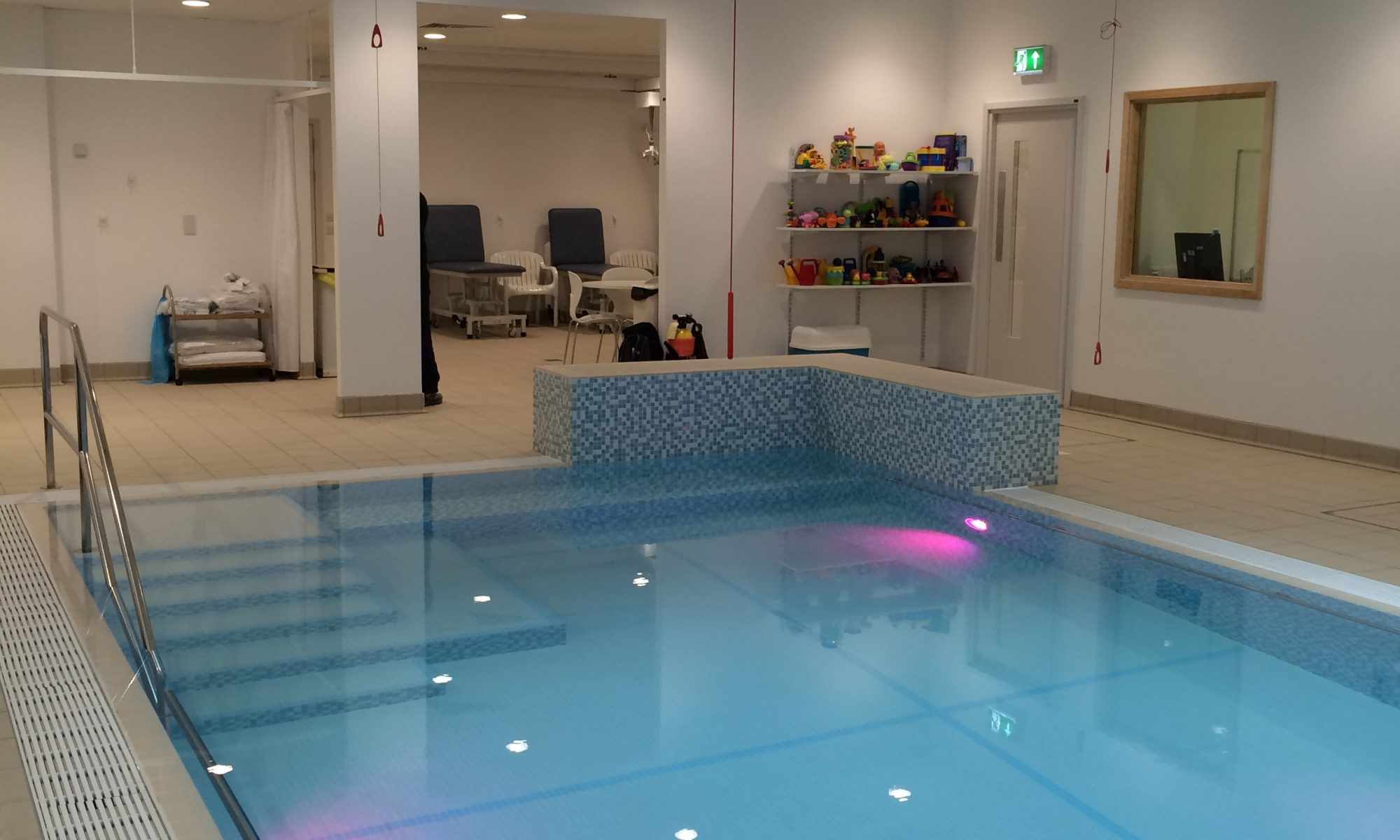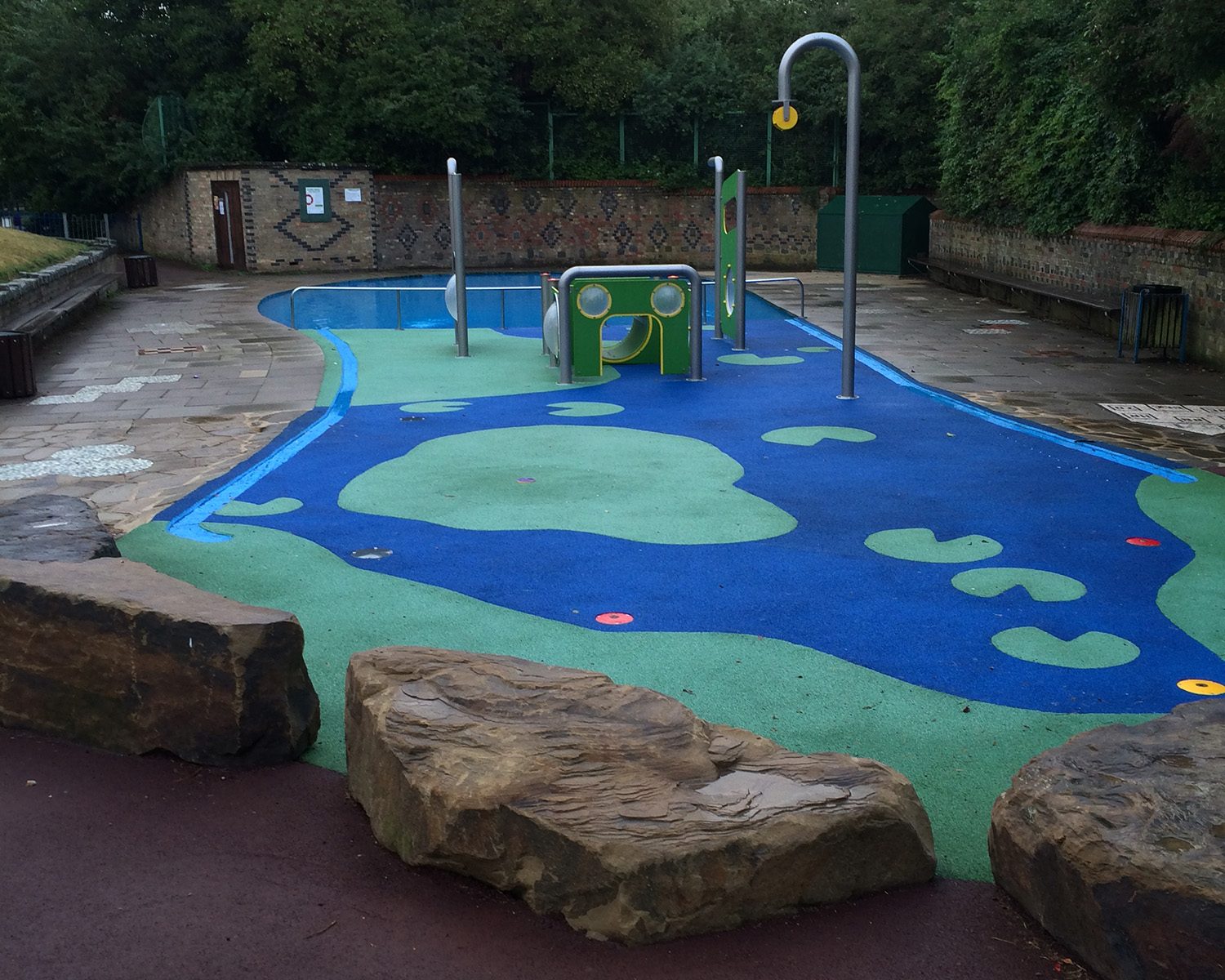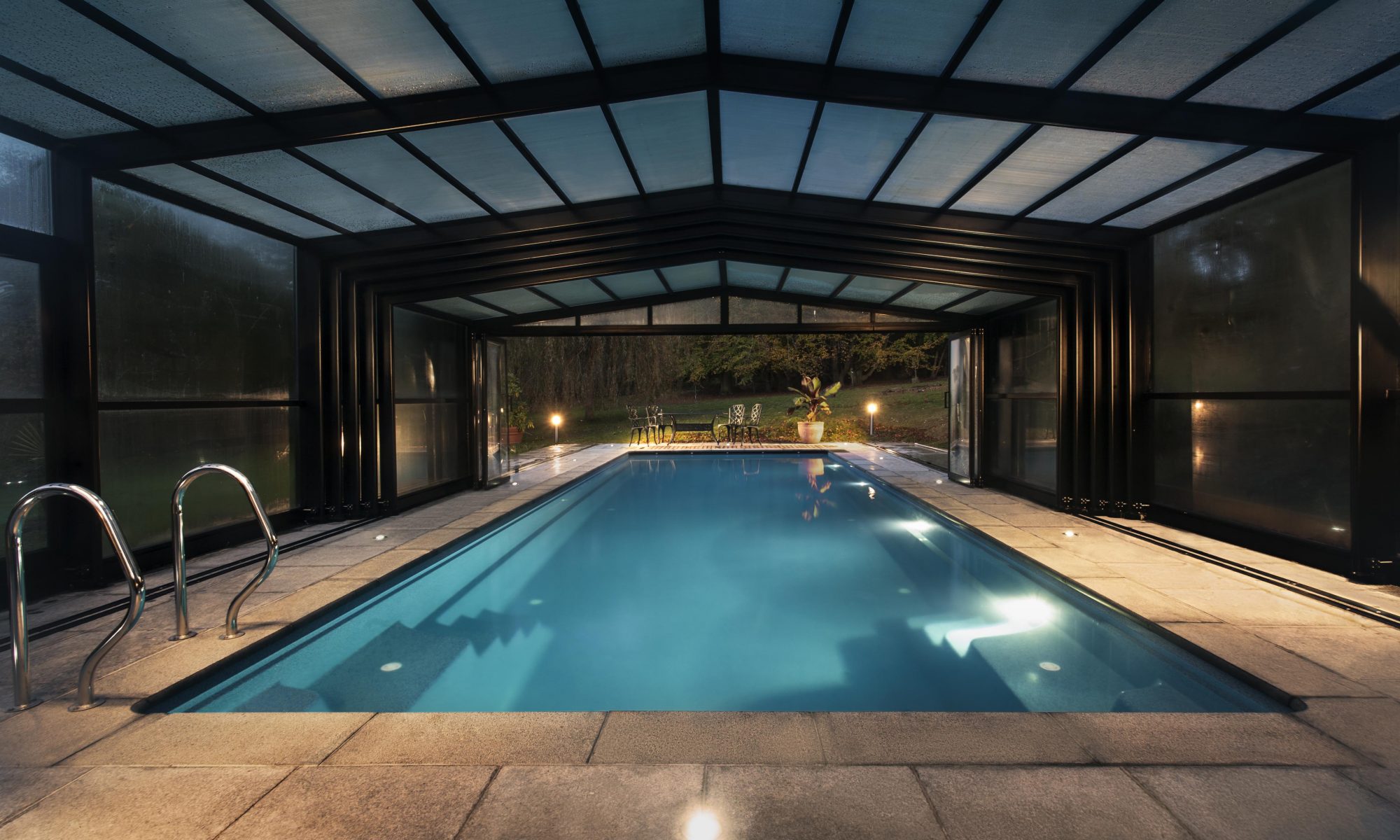(Courtesy SPATA website: http://www.spata.co.uk/failing-children-not-teaching-swim/)
SPATA (the Swimming Pool and Allied Trades Association) has recently reported that the demand for home swimming pools in the UK has been on the rise for several years, and this trend has continued its upward course through the economic peaks and troughs in the UK over recent years.
Installing a pool needs careful planning to reap the rewards of the investment. SPATA reports that the UK residential pool market is estimated to be worth at least £500 million per year, while the whole market in the UK is valued at nearer to £1 billion. So with this in mind, what types of pools are UK consumers demanding? SPATA have the answer, with results from their annual competition for UK Pool Installer companies, the British Pool & Hot Tub Awards. PR & Marketing Manager for SPATA – Sallie Leslie-Golding provides an insight into the trends SPATA have seen this year within the UK Wet Leisure industry.
“The British swimming pool market has traditionally involved rectangular swimming pools, and these are often favored by clients. However, over the years, new trends in swimming pool construction and remodeling have made swimming pool designs more original, unique and customised”.
There are three basic methods of pool construction, for inground pools, each with its own merits:
- Hard finish. A strong, waterproof reinforced concrete shell, typically finished with tiles or mosaics (or sometimes plaster finishes).
- Liner finish. A tailor-made PVC liner that comes in a variety of colours and several different thicknesses. The pool shell may be constructed or is formed by panels interlocking.
- Fibre Glass/Ceramic. A one-piece moulded swimming pool shell that will typically require some kind of crane to manoeuvre it into position.
Consumers also have the option of having an above ground pool, and robust kits can be purchased that include swimming pool water filtration and circulation.
When weighing up the best option, please also remember that, similar to the one piece pool options, a swim spa (or exercise spa) may be worth considering. The difference between a swim spa and a one piece pool is likely to be the provision of jets (like a hot tub) in the swim spa, whereas the one piece pool more often does not include this feature. Both the one piece pool and the swim spa will provide an option for having a countercurrent fitted, so that users can swim continuously against a water current, rather than swimming laps.
So what’s hot in this year’s Pool Trends?
Trend No.1: Infinity Pool
This option provides pool owners with a key feature which can benefit those with great views to enjoy while swimming. An infinity pool is designed so that water flows over one (or more) edges of the pool, producing a visual effect of water with no boundary. Such pools are often designed so that the edge appears to merge with a larger body of water such as a lake, with the sky or a fantastic view, adding an extra touch of luxury.
Trend No.2: Unusual Materials
It used to be that a garden pool was finished with white plaster. Now, there are all sorts of design trends that homeowners are choosing to make their pool unique. By choosing glass tiles, pebbles and stones in the finish, a swimming pool can be as unique as the homeowner and as aesthetically beautiful as desired.
Trend: No.3: Movable Floors
Space can be at a premium, so if two rooms can be combined in one that makes lots of sense. Imagine a swimming pool that also doubles up as a dance floor, or an entertaining room or even a place to park a car? A space that transforms seamlessly and safely from one function to another, adding valuable square meters to home. The floor can even be used to change the depth of the pool, now that’s smart!
Trend No.4: Outdoor Living Rooms
For pool owners building a pool in the garden, it’s going to be an eye-catching feature, as a central location to gather and entertain. During the summer, guests can cool off and relax around the pool on outdoor furniture. Outdoor kitchens extend living spaces beyond the back door, and during the autumn and winter months, a fire feature is a great place to gather.
Trend No.5: Indoors meets the Outdoors
With the ever-changing weather in our country, it can be tough to choose between an indoor or outdoor pool, but worry no more, the best of both worlds can be achieved. This type of pool can feature dual heating components, as well as separate devices to close the opening between the house and garden and use the pool with two independent sections.
All of these trends prove that swimming pool design continues to evolve. These beautiful gathering spaces create a sense of community for both family and friends. It will be interesting to see how swimming pool designs and trends develop and take shape in the next few years!


